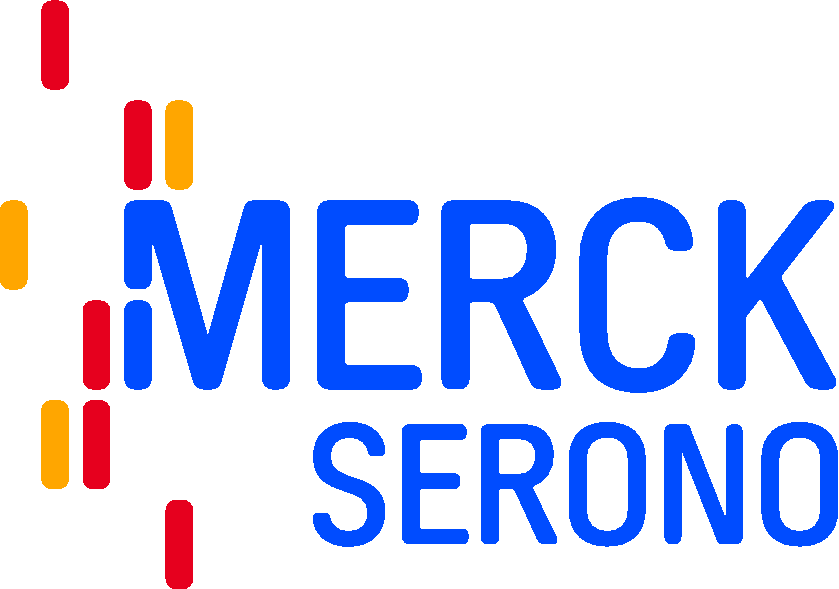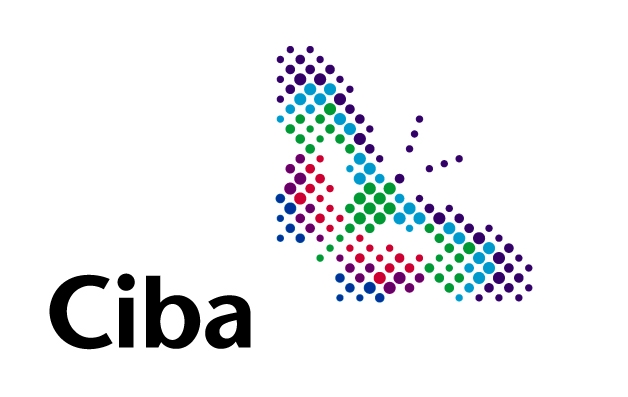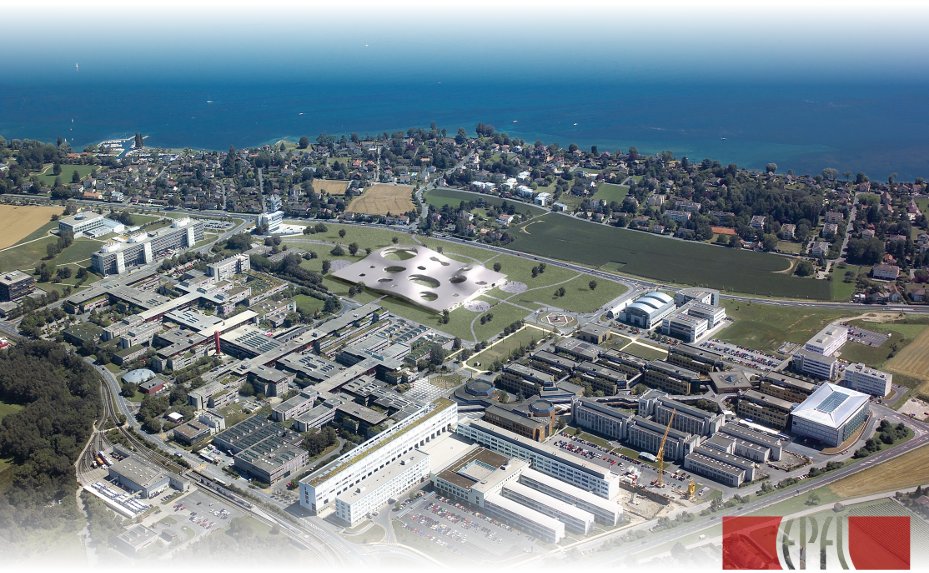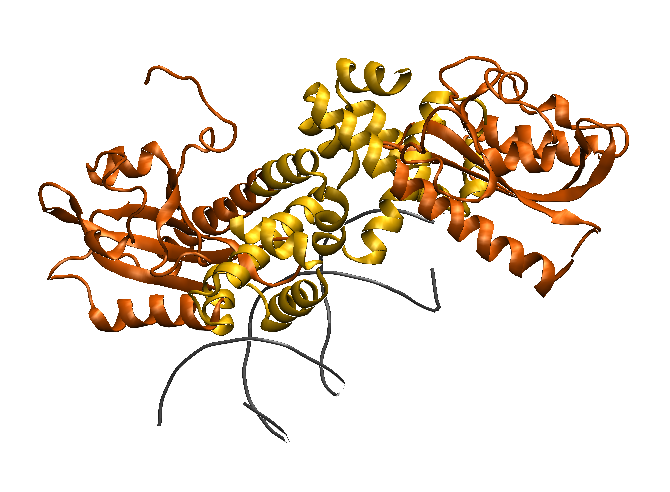Team:EPF-Lausanne
From 2009.igem.org
(→Concept) |
(→Concept) |
||
| Line 7: | Line 7: | ||
<div style="text-align:justify;"> | <div style="text-align:justify;"> | ||
[[Image:LovTAP_dimer.png|right|300px|thumb| LovTAP dimer bound to DNA]] | [[Image:LovTAP_dimer.png|right|300px|thumb| LovTAP dimer bound to DNA]] | ||
| - | Recent discoveries of photoreceptors in many organisms got us excited about the possibility of using light-responsive genetic tools in synthetic biology. Indeed, such tools could in principle induce phenotypic changes in a more localized, preciser and faster fashion than currently available chemical-based methods. | + | Recent discoveries of photoreceptors in many organisms got us excited about the possibility of using light-responsive genetic tools in synthetic biology. Indeed, such tools could in principle induce phenotypic changes in a more localized, preciser and faster fashion than currently available chemical-based methods. To evaluate the biotechnological potential of such tools, we specifically aimed to induce a change in gene expression, more specifically to directly turn a gene on or off, in a living organism, in response to a light stimulus. |
For this purpose, we used a light-sensitive DNA binding protein "LOVTAP" (for Light, Oxygen, Voltage Tryptophan-Activated Protein) to convert a light input into a chosen output, here fluorescence generated by the RFP reporter gene. | For this purpose, we used a light-sensitive DNA binding protein "LOVTAP" (for Light, Oxygen, Voltage Tryptophan-Activated Protein) to convert a light input into a chosen output, here fluorescence generated by the RFP reporter gene. | ||
| - | + | The results clearly demonstrate that this light-induced gene switch tool works in vivo and thus demonstrate the feasibility of implementing such powerful technology in biological systems of interest. | |
</div> | </div> | ||
Revision as of 20:39, 21 October 2009
Concept
Recent discoveries of photoreceptors in many organisms got us excited about the possibility of using light-responsive genetic tools in synthetic biology. Indeed, such tools could in principle induce phenotypic changes in a more localized, preciser and faster fashion than currently available chemical-based methods. To evaluate the biotechnological potential of such tools, we specifically aimed to induce a change in gene expression, more specifically to directly turn a gene on or off, in a living organism, in response to a light stimulus.
For this purpose, we used a light-sensitive DNA binding protein "LOVTAP" (for Light, Oxygen, Voltage Tryptophan-Activated Protein) to convert a light input into a chosen output, here fluorescence generated by the RFP reporter gene.
The results clearly demonstrate that this light-induced gene switch tool works in vivo and thus demonstrate the feasibility of implementing such powerful technology in biological systems of interest.

| | | 
| 
| 
| |
|---|
 "
"


